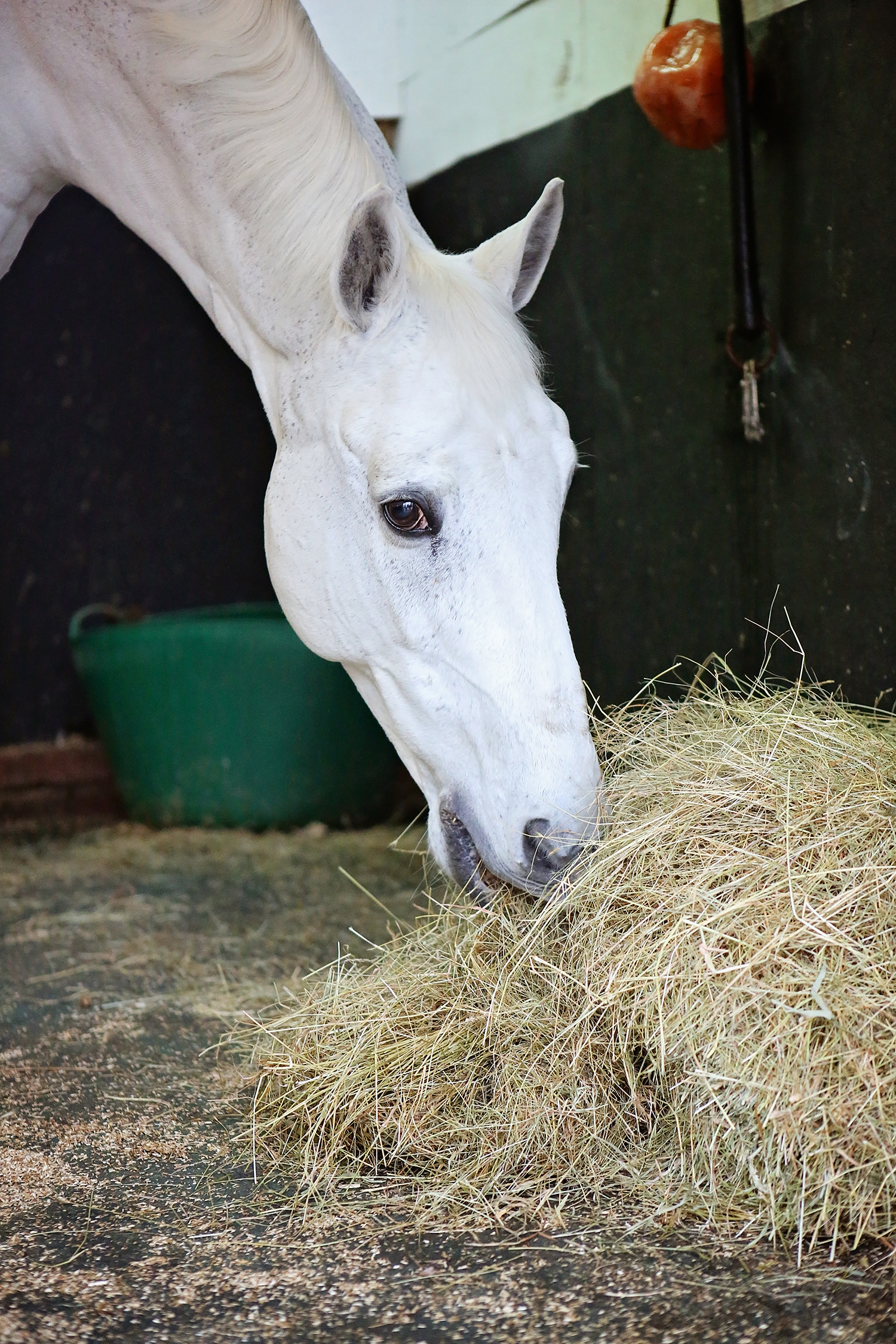Something that many keen equestrians may not know, is that their beloved horses or ponies have evolved to cope incredibly well with a range of temperatures. Their bodies and behaviour adapt to the changes in weather, so that their internal body temperature can remain at a steady 38°C. That means they are perfectly comfortable when we’re chilled to the bone after a day spent at the yard and craving our cosy evenings by the fire. Equines are even designed to put on weight in the summer when food is plentiful so that they have a little spare fat to lose when food is scarcer.

A Swedish study showed that most breeds will cope perfectly adequately in the field all winter long, only seeking shelter in prolonged wind and rain. Their hind gut acts as an amazing central heating system, as long-stemmed forage is digested it produces heat that keep them warm from the inside out! But there are several reasons why bringing a horse in for the winter months is the most sensible choice:
• Restricted grazing and the slowing in grass growth in winter may mean there simply isn’t enough space in fields with good shelter and enough forage to eat.
• Over grazing or four-legged traffic in and out the field leads to mud, and that can then cause mud fever in some horses.
• Some non-native breeds may lose too much condition and need the extra warmth indoors or require protection from rain scald.
• If horses are in hard work and have a full clip, they may need protection from the elements and more warmth when it is truly cold.
That’s why lots of yards will switch to winter turnout and stable routines when the winter months arrive. Lots of people still turn horses out during the day in winter, which is essential for their good health, but even that might be from 8am to 4pm when the darkness falls again. Add in an hour of exercise and that still means they will be in their stable for around 15 hours out of every 24. How can you ensure your horse is happy, healthy and comfortable during a winter spent in the stable? Let’s break it down into 4 key areas.

Respiratory health
Being indoors more means longer periods of time exposed to stable dusts. Straw is a traditional winter bedding in the UK and hay is fed in place of grazing, but a study unveiled last year showed that horses bedded on straw or fed dry hay were more likely to suffer from lower airway inflammation. Bedding horses on dust-extracted shavings can help and steaming hay with the Haygain Steamer reduces the incidence of inflammatory airway disease by 65%. Deep litter beds really are a no-no, causing a build-up of harmful ammonia which is created when urea and other stable wastes break down. If you’re keen to provide a thick, supportive bed for your horse then Comfortstall from Haygain could be the answer. This innovative flooring system is sealed so that nothing can escape under the matting and cause a urea build-up, and you don’t need to use as much bedding to provide the same level of comfort.
Digestive health

Equines have also evolved to trickle feed forage for up 17 hours a day. When we restrict their access to grass, we often replace it with several hay nets each day. But is this enough for a horse to stay happy and healthy? For example, in the evening some horses will have finished their hay net by 9pm and therefore have nothing to eat until the next morning. This can put them at risk of behavioural problems and vices from boredom, or even gastric ulcers. If you can, feed ad-lib forage to stabled horses. If they are prone to weight gain, particularly native breeds, consider cutting out on any hard feeds and source lower quality hay (but make sure you steam it!). A horse will be healthier and happier if it has forage to browse on at any given time.
Joint health
The action of walking, including the compression and release of the frog, stimulates circulation in a horse’s legs. Being stabled for long periods of time and being unable to move far can lead to filled legs and stiff joints, particularly in horses suffering from arthritis. Giving horses as much time out of the stable will really help them, even if it means being turned out in a lunging pen or school when they aren’t in use. Installing the innovative Comfortstall flooring system from Haygain will also help to promote good joint health in stabled horses. The ‘spring back’ of the cushioned layer massages the frog and promotes circulation and the thermal insulation of the combination of layers prevents legs and joints from exposure to the cool damp floor under bedding.




















